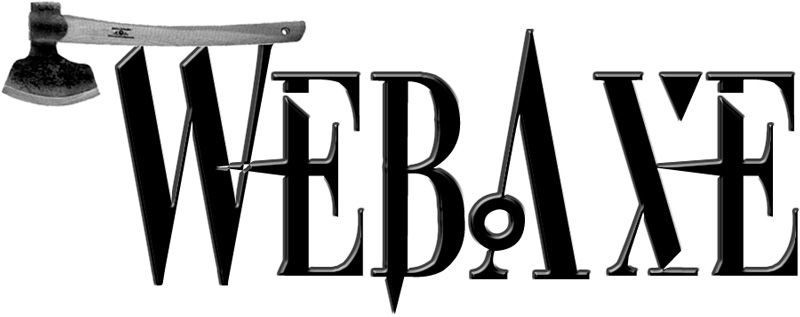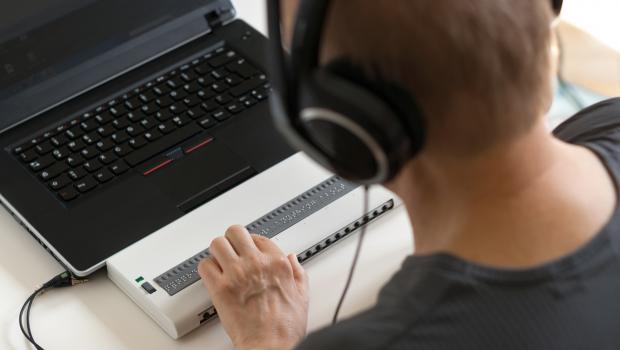More great opportunities in the digital accessibility field (all U.S.):
- Web Accessibility/Usability Expert at Optum in Raleigh, NC.
- Director of Digital Accessibility, Perkins School for the Blind in MA.
- Head of Accessibility at Twitch in San Francisco, CA.
- Summer 2017 Accessibility UX Engineer Student Intern at Salesforce in San Francisco, CA.
- Mobile iOS Accessibility Engineer at Facebook in Menlo Park, CA.
- Digital Accessibility Specialist at Northeastern University in Boston, MA.
- HP is hiring an Accessibility Testing Program Manager, part-time (20 hours a week), San Francisco Bay Area, contact sam.ogami AT hp DOT com for more information.
For more, on Twitter follow me (@WebAxe) and @a11yJobs.



